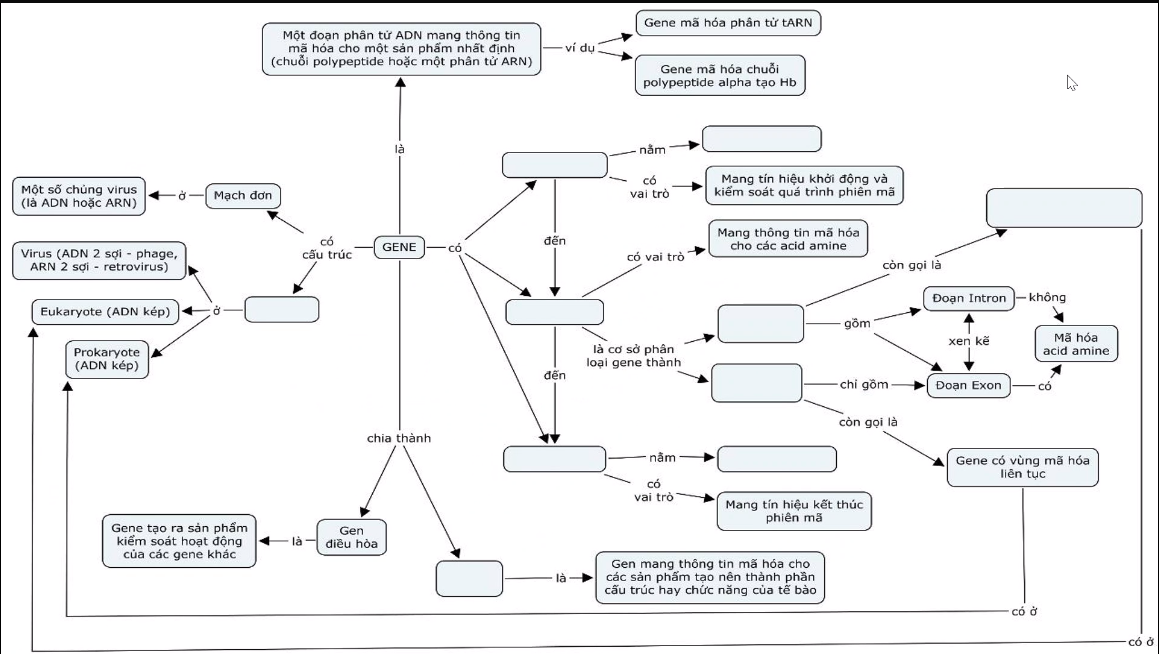Học tại trường
Chưa có thông tin
Đến từ
Chưa có thông tin , Chưa có thông tin
Số lượng câu hỏi
69
Số lượng câu trả lời
5
Điểm GP
0
Điểm SP
7
Người theo dõi (1)

Đang theo dõi (0)

Chủ đề:
Luyện tập tổng hợpCâu hỏi:
In the growing cities of the nineteeth century, such as Chicago and New York, businesses needed offices near the center of town. Because there was only so much available space, people were forced to build upwards. However, certain innovations in materials and technology were needed before buidings could become the skyscrapers of today. The earliest buildings were built using bricks and mortar, which were quite heavy. When building upward, each floor had to carry the weight of the floors above it, with the lowest level carrying the weight of the entire building. Thus, the ground floors of those buildings had extremely thick walls – some up to eight feet thick! – and the consequent loss of space this entailed defeated the purpose of building tall. In addition, the rooms were rather dark, as too many windows would have weakened the structure. The introduction of iron and steel, which were much lighter and many times stronger, solved this problem. Interconnected beams and columns forming a skeleton now supported buildings and many times stronger, solved this problem. Interconnected beams and columns forming a skeleton now supported buidlings and transferred their weight to foundations resting on the earth’s bedrock layer. Because walls need not bear the weight of buildings anymore, more windows could also be installed to let light in. Skyscrappers face not just the vertical force of weight, but also the horizontal force of strong winds that could topple them. Some engineers solved this problem by buidling a stiff inner core to resist the tremendous force, while others moved the columns and beams to the perimeter, essentially turning the building into a hollow, rigid tube that is just as strong while weighing much less. Finally, tall buildings would have meant many stairs to climb, and it was the invention of the elevator at around that time that made buildings not just tall, but also practical for the people using them.

Chủ đề:
Luyện tập tổng hợpCâu hỏi:
Are you ever in the mood for a happy, up-tempo pop song? If you’re American and happen to hear one on the radio, the (6) _____ are it was recorded quite a long time ago, according to a joint study (7) _____ out by scientists from universities in Canada and Germany, Glenn Schellenberg and Christian von Scheve set out to examine emotions conveyed by music in the American pop charts between 1965 and 2009. They classified songs (8) _____ pace and key they were composed in. People generally (9) _____ faster songs in a major key with happy feelings, and slower songs in a minor key with darker emotions. (10) _____ speaking, in the 1960s, the charts were dominated by upbeat music, but over the next five decades it (11) _____ to a more melancholic, complicated sound. Intriguingly, (12) _____ the last decade, the proportion of emotionally ambiguous songs (sad-sounding but fast, or happy-sounding but slow) has significantly increased. The researchers believe these trends may give interesting (13) _____ into more general social changes. They speculate, for instance, that people may now engage with more varied emotions.
6. a. prospects b.chances c.bets d. outlooks
7. a.carried b.brought c.taken d.made
8. a. on account of b. due to c.owning to d. according to
9. a.stick b.fit c.associate d.correspond
10 a. broadly b. largely c. deeply d. widely
11 a. translated b.swapped c.removed d.shifted
12a. on b.in c.at d.by
13 a.regards b.revelations c. visions d.insights





Chủ đề:
Chuyện người con gái Nam Xương- Nguyễn DữCâu hỏi:
cho câu văn sau " trời xét lòng lành, ban phúc đức, giống dòng tươi tốt, con cháu đông đàn, xanh kia quyết chẳng phụ con, cũng như con đã chẳng phụ mẹ "
a. lời nói đã cho em thêm hiểu gì về vẻ đẹp phẩm hạnh của nhân vật vũ nương
b. theo em, lời nói cuối cùng có linh ứng với cuộc đời và số phận ủa vũ nương về sau không? hãy đưa ra quan điểm của mình và giải thích






